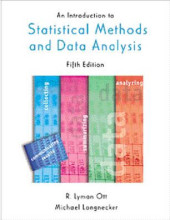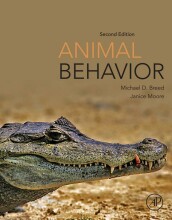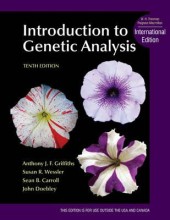Mapping eakaryote chromosomes by recombination - Diagnostics of linkage
6 important questions on Mapping eakaryote chromosomes by recombination - Diagnostics of linkage
Recombination/physical maps of chromosomes are usually assembled two or three genes at a time, with the use of a method called linkage analysis. When geneticists say that two genes are linked, they mean that the loci of those genes are on the same chromosome, and, hence, the alleles on any one homolog are physically joined (linked) by the DNA between them.
The arrangement of genes on chromosomes is represented diagrammatically as a unidimensional chromosome map, showing gene positions, known as loci (sing., locus), and the distances between the loci based on some kind of scale. Two basic types of chromosome maps are currently used in genetics; they are assembled by quite different procedures yet are used in a complementary way. Which types are they?
- Recombination-based maps map the loci of genes that have been identified by mutant phenotypes showing single-gene inheritance.
- Physical maps show the genes as segments arranged along the long DNA molecule that constitutes a chromosome.
In the early 1900s, William Bateson and R. C. Punnett were studying the inheritance of two genes in sweet peas. In a standard self of a dihybrid F1, the F2 did not show which ratio predicted by the principle of independent assortment? Conclusion: linkage (Morgan's hypothesis).
- Higher grades + faster learning
- Never study anything twice
- 100% sure, 100% understanding
Mendelian prediction of a ratio expected from independent assortment
Can any single crossover only be between two chromatids?
Can crossovers occur between sister chromatids?
The question on the page originate from the summary of the following study material:
- A unique study and practice tool
- Never study anything twice again
- Get the grades you hope for
- 100% sure, 100% understanding
































